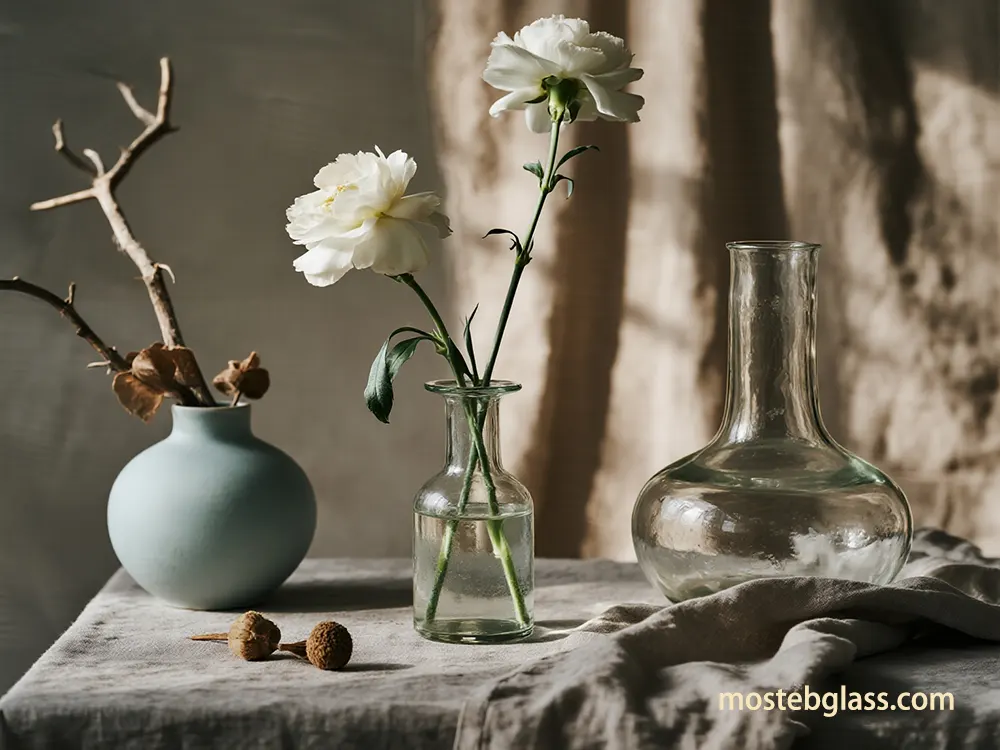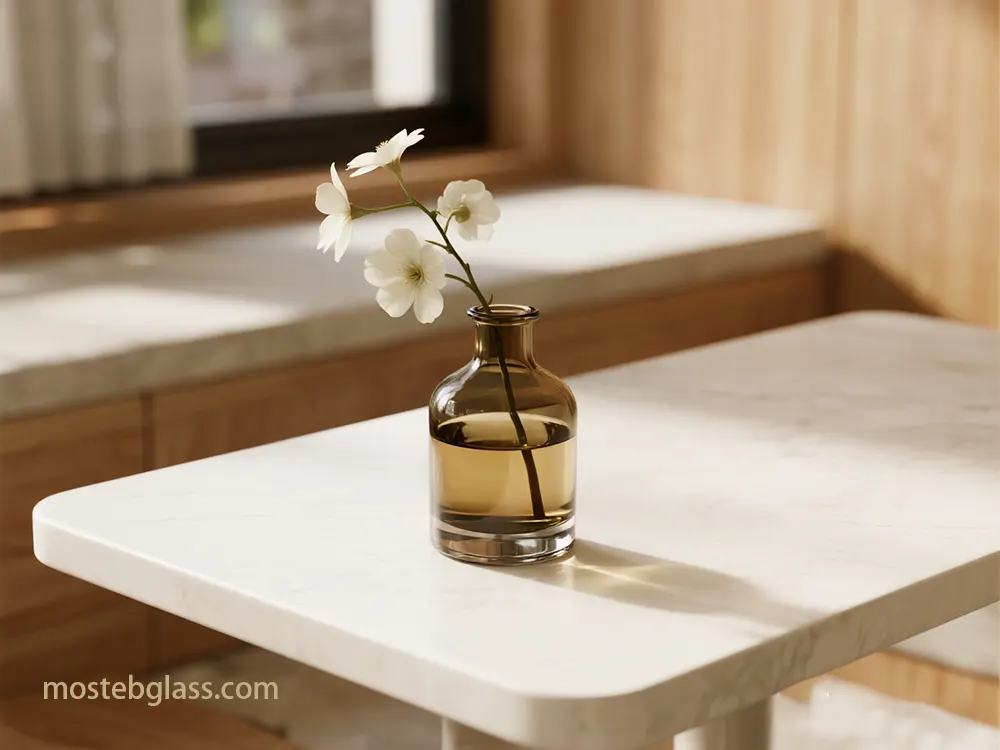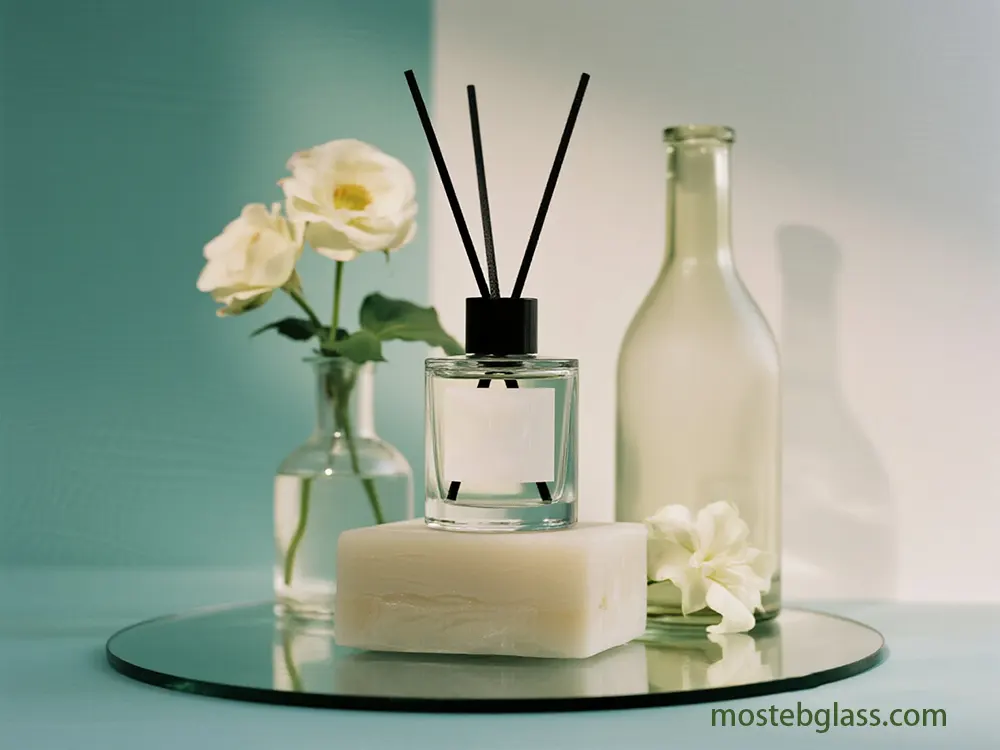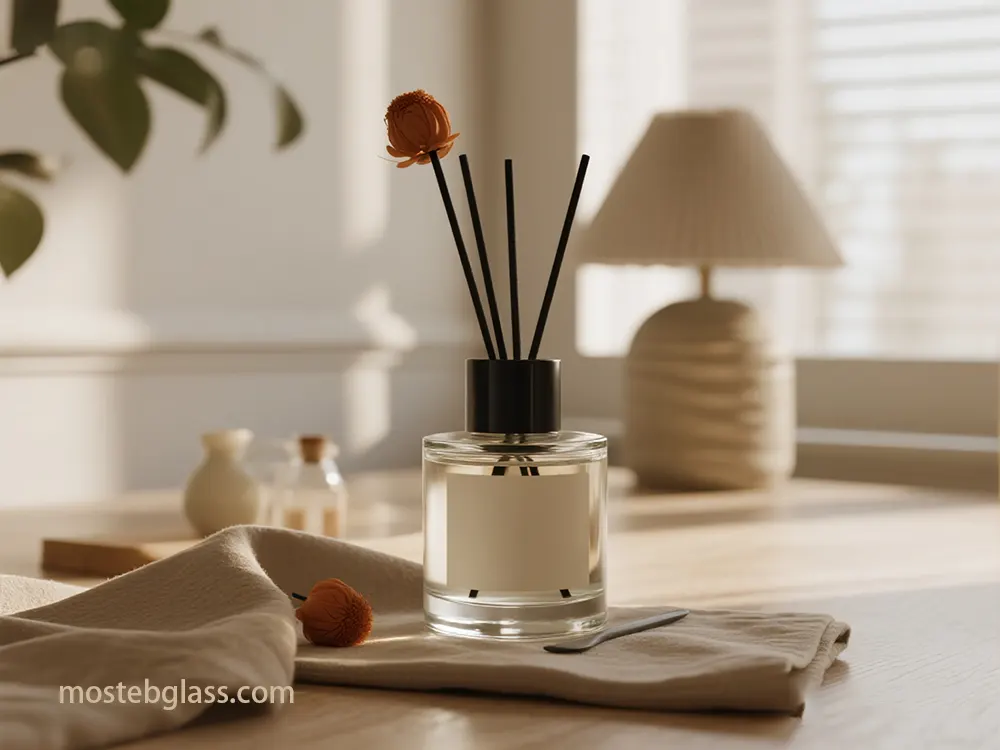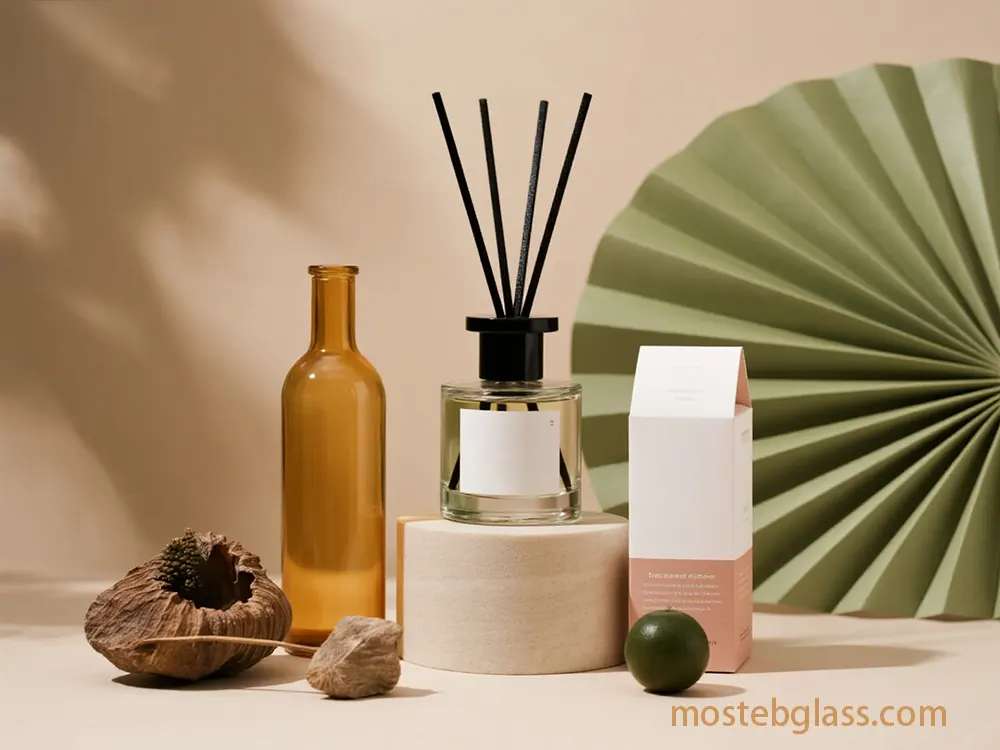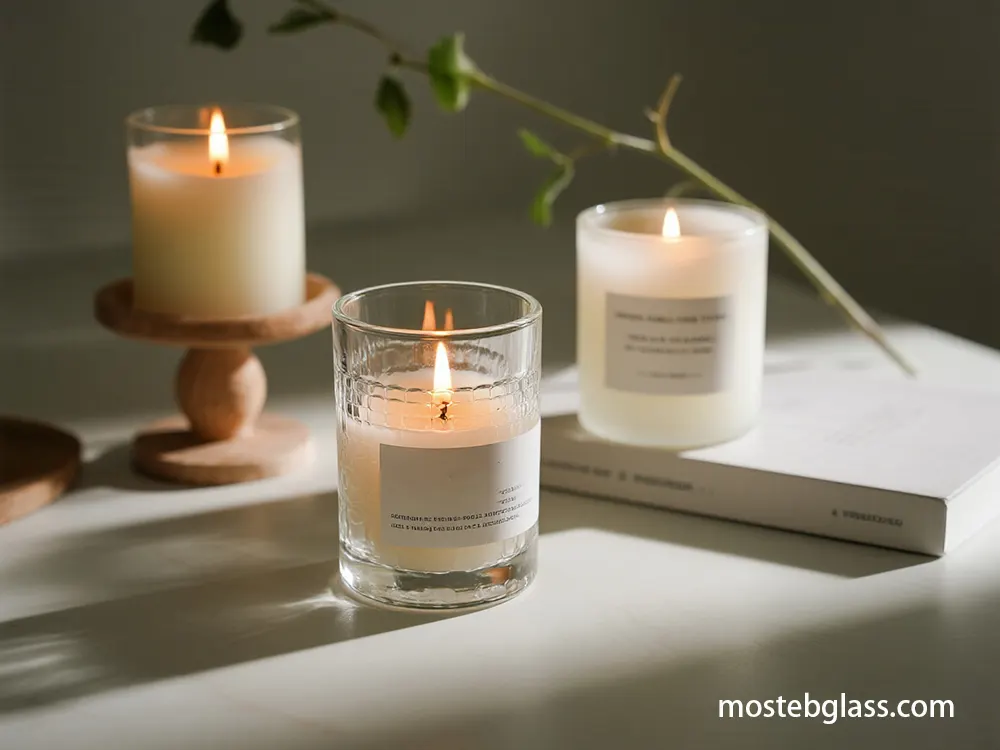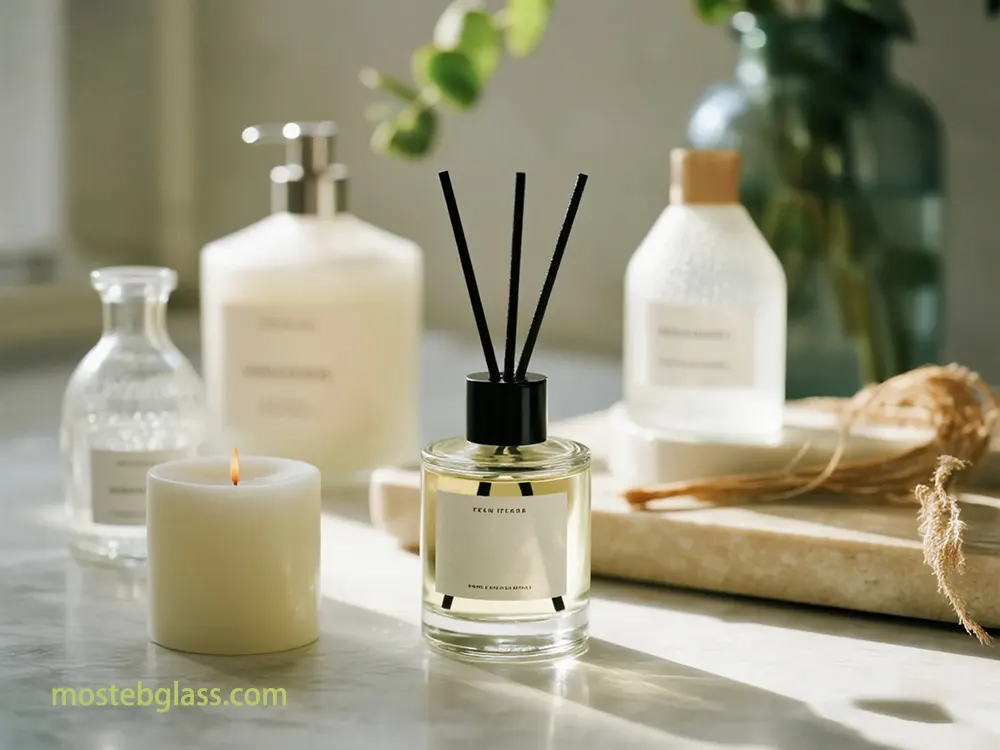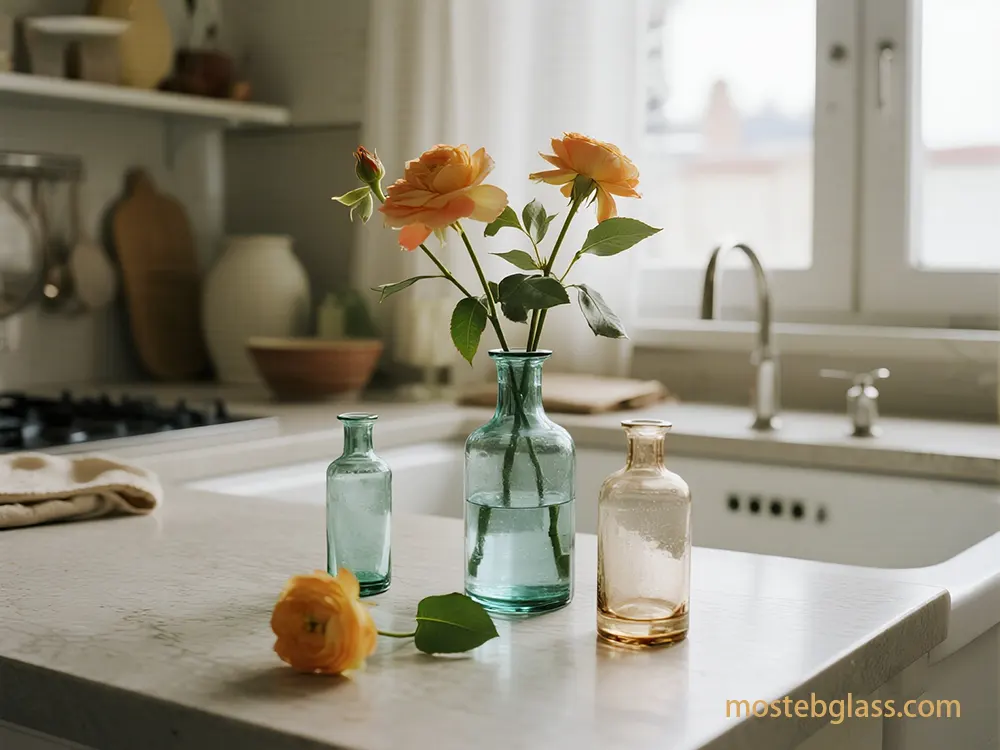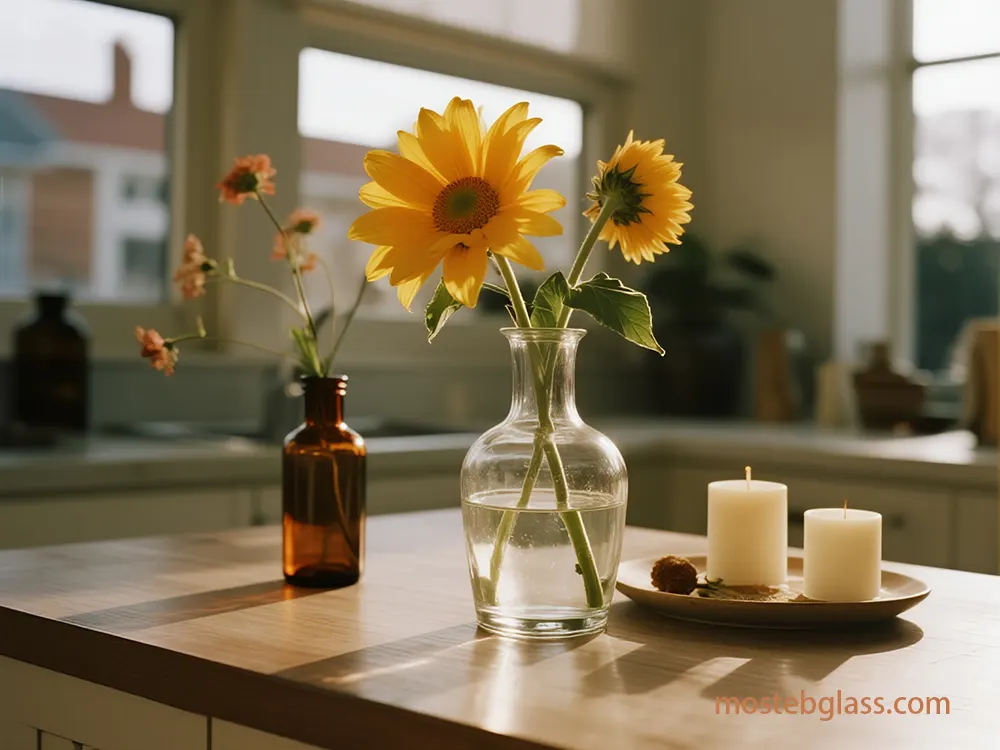1. Defining the Offering: Vintage Glass Ornaments & Customization Parameters
Luxury ornamental market gives importance to specificity, craftsmanship and history. Glass vintage ornaments B2B provides a rich beauty and artisans quality to customers. This section defines “vintage” and underlines adaptation options.
1.1. Essence of "vintage" in glass ornaments
“Vintage” glass ornaments usually refer to objects of 20–99 years (1920s-1970s), different from “ancient” (100+ years old). This age affects the collector value, with antique mercury glass often commands high prices.
Aesthetically, vintage pieces have a soft palette (blues, bright pink), indifferent mid -century design (the 1940s -1960s), and subtle fading age signs. Decorative elements include hand-painting, glitter or asbestos for a frosty look.
Authentic vintage ornaments are defined by traditional production. The mouth-up glass, a centuries-old technique, is a hallmark. “Mercury glass,” origin around, includes silver nitrate coating for a mirror effect. Soda-Lime Glass is the primary material. The quality indicator for luxury pieces involves the absence of seams, bubbles, or wrinkles, small irregularities often reflect handmade origin.
It is important to distinguish “vintage” (really old, 20-99 years, collectable) from “antique” (antique “(more than 100 years, special dealers) and” retro “(new items that are copied of old styles) (actually old, 20-99 years, collectible). Luxas brands like the old world Christmas and Christopher ReadCo were prepared by new, hand-made” Vintis ” Instead of selling items, traditional artistry and live aesthetics are repeated.
1.2. Customization Parameters for Bespoke Glass Ornaments
Mosteb provides comprehensive adaptation, combining traditional artistry with modern technology for unique brand expression.
1.2.1. Design and formation adaptation
- Custom shapes and molds: completely custom sizes are possible (eg, starts with 500-tukra emocue, 3-mahesi lead time), 2D design, hand sculpting or 3D modeling. Mold construction is often included for large orders.
- 3D printing: Advanced 3D printing makes custom molds for glass slumping/kilgancasting, which enables unique, complex shapes to cost-effectively.
- Laser Cuts: CO2 laser engraving provides accurate, wide and efficient captures for complex patterns, messages, monogram or logo, producing a frosty effect.
- Advanced Digital Printing: UV printing and UV DTF (direct) texture, lively full-colored finish, even Brales provide. The UV DTF provides better adhesion on challenging surfaces without heat press.
- Individual text and photo: Adaptation includes laser-eched name, date, message, or integrated monument photos, which are unique.
1.2.2. Color, Finish, and Material Customization
- Multi -level color and hand painting: traditional production includes internal silver nitrate coating, then external base color (available more than 100 shades). Skilled artisan hand paint complex design, often in several layers.
- Internal painting and cling application: “Gallery glass” makes a uniform hand blowing look moving inside the paint ornaments. Removable “clings” provide versatile exterior decorations.
- Textural Customization: Mixed acrylic paint sculpture with baking soda creates a gritty, clay pot with brush stroke.
- Vintage Esthetic Technology: Pigmented paste wax sluggish modern finish, transforms colors into antique huge, and resemble shiny glass or asbestos. Wearing crisis with steel wool causes the effects of wearing or clouds.
- Miscellaneous glass material options: options include ultra-polish, traditional, and various crystal glass (lead crystal for cutting, lead-free son. Lead-freex for strength/stability, tempered for heat resistance).
- Precious metal and gems accent: Gold shine can be rolled on glass while blowing. Swarovski Crystals add significant brightness and luxury.
1.2.3. Packaging Options
Premium packaging increases the perceived price. Options include shimmering ribbons, velvet drastring bags, paddy gift boxes and eco-form protective sleeves, which ensure a luxurious unboxing experience.
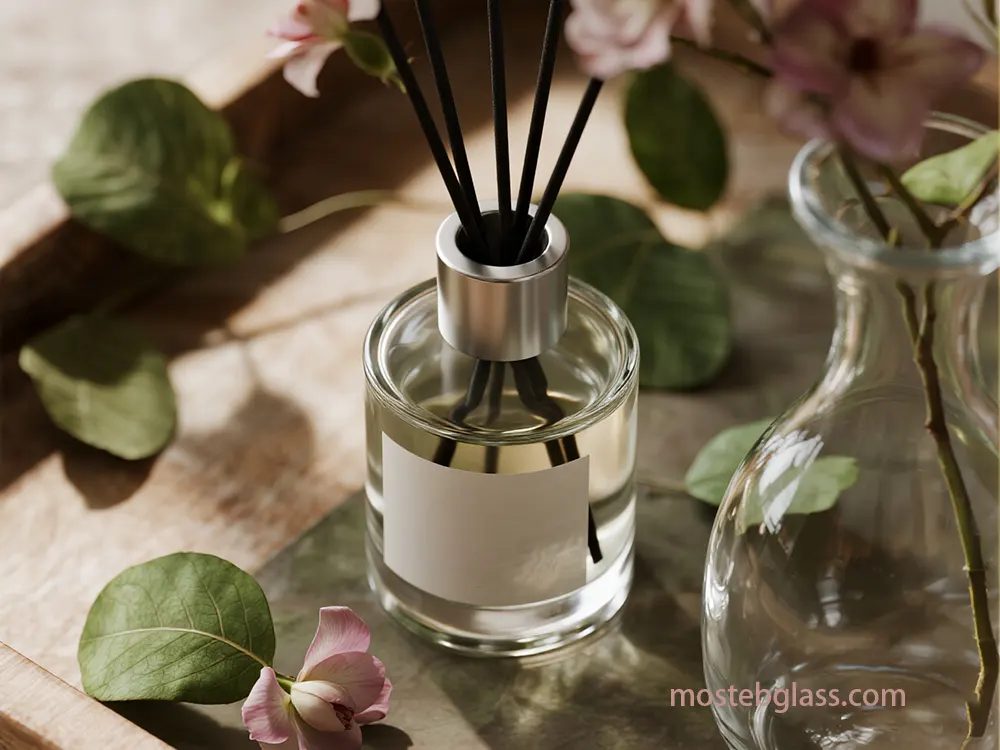
2. Target B2B segments and UNMET require analysis
Mosteb’s Bispoke Glass Vintage Ornaments completes B2B client to increase brand appearance, offer unique products and create memorable experiences.
2.1. Luxury retailer
Luxury retailers require discrimination and uniqueness.
- Discriminated and exclusive products: Demand for unique, limited-sanskrit pieces that become the items of the collector, align with luxury leisure marketing.
- Brand alignment and storytelling: Needs require decorations that integrate with brand identity and narratives, strengthening the image through customized design.
- Provence and Artison narratives: the story behind the customer price quality, longevity, and handmade artisan products, like Murano Glass.
- Supply chain reliability: challenges in artisan production without compromising quality or facing later paramic disruptions.
- Limited-sanskars and artist collaboration: Look for unique cooperation to create urgency and attract customers.
- Stability: Increasing demand for environmentally friendly content and designs, recycled the market towards glass.
- Agile Supply Chain: Real-time inventory visibility is required to prevent the care of exclusive products.
2.2. Corporate Gifting
The corporate gifting market seeks impressive, thoughtful gifts.
- Privatization for ROI: individual gifts promote alleged value (up to 40%), emotional connections, brand recall, and ROI (up to 5X in retention/engagement), contrary to generic gifts (40% renunciation).
- High-value adaptable decorative items: Custom glass/crystal ornaments are effective, cost effective in bulk, and privatization (logo, messages, names) provide continuous brand visibility through.
- Sustainability and Ethical Source: Sustainable luxury emphasizes high quality, morally sour materials, align with modern values and increases brand reputation.
- Financial ROI beyond financial: ROI includes better relationship, brand perception and employee morale, which has been tracked through retention, engagement and spirit.
- Deep Customization: Beyond logo, stitching gifts for individual recipient’s interests and cultural tastes creates a “story”.
- Emerging trends: Wellness, tech gadgets, and experienced gifts reflect a holistic approach to recipients.
- Functional and modern design (“cool luxury”): emphasizing the quality on overt branding, practical, durable, aesthetically pleasant gifts.
- Effect of tariff: Tariffs can affect options and budget, strategic plan or local sourcing is required.
2.3. Other B2B Segments (Hospitality, Event Planners, Museums)
Adaptation and luxury value extended to these sections:
- Hospitality: Luxury hotels can use unique room decorations, branded displays, or adapted ornaments for exclusive guest features.
- Event Planners: Bespoke ornaments serve as perfect, personal favor or decorative elements for high-profile events.
- Museum: historically accurately or artisticly induced ornaments, collecting or inheritance for gift shops, or for memorial pieces.
3. Value Proposition: Customization as a Driver of Unique B2B Value
Mosteb’s customized glass vintage ornaments offer B2B clients a powerful tool for brand differentiation, client relationships, and strategic market positioning.
3.1. Brand Differentiation and Exclusivity
A “made-to-measure” approach distinguishes brands, justifying premium pricing by meeting unique customer requirements. Adaptation increases uniqueness, making customers feel valuable and promotes personal investment. Luxury consumers are influenced by individual services (43%) and limited versions (57%), which are operated with a desire for rarity and distinction.
3.2. Increased story and alleged luxury
Customizer enables a rich story telling, weaves the brand heritage and craftsmanship in stories. Customers co-create, which deepen emotional connections. Emotional and experienced luxury stems from emotional and experienced value: excellent craftsmanship, attention to expansion, and premium materials produce happiness and satisfaction, for which B2B customers pay a premium. This reputation, self-expression and position tap in desires for signaling, are ready to pay 50%+ more for exclusive items with consumers.
3.3. Stability and moral appeal
Modern luxury consumers, especially Millennials, reflect values such as stability in brands and moral workmanship. Mosteb recycled glass, using the lead-free pigment and by supporting local artisans, can balance its price offer with moral practices by increasing the proposal.
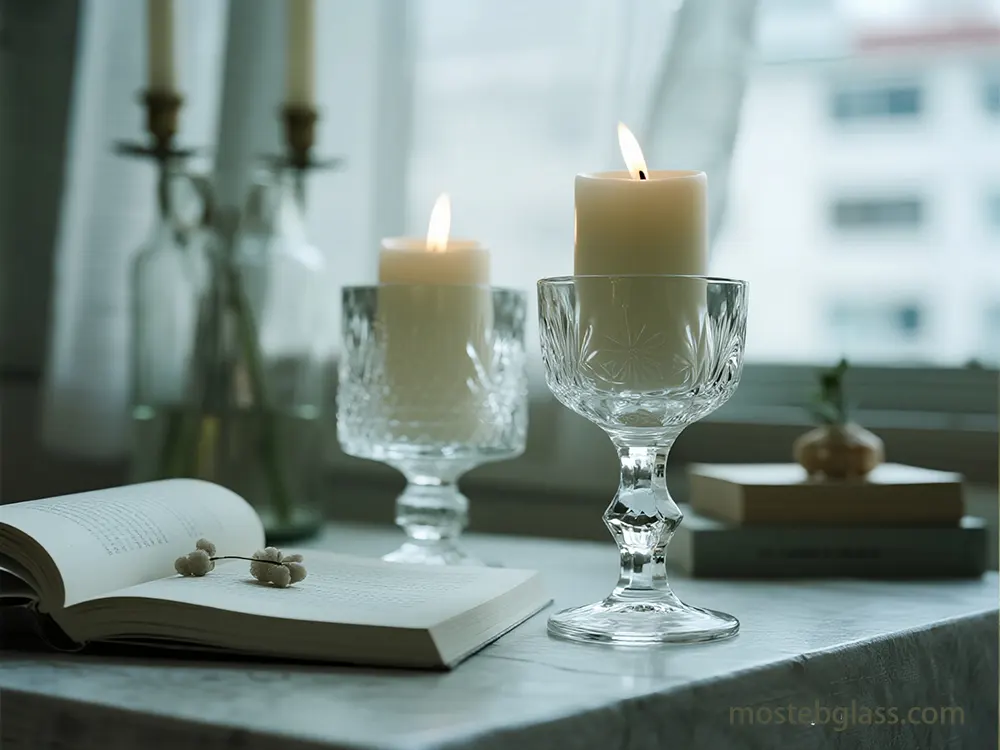
3.4. Measurable Impact on Client Lifetime Value and Loyalty
The personalization in luxury markets increases the customer lifetime value by 20–30% and an increase in 40% more average transaction values. 91% of luxury consumers are more loyal to brands who recognize their preferences. Customization promotes long -term strategic partnership, fulfilling the fine expectations of customers high end for comprehensive, analogous experiences.
3.5. Strategic pricing and value perception
The adaptation supports premium pricing, reflecting unique benefits and better quality. Like Rolls-Royce, avoiding fixed prices for bespoke items strengthens full luxury and bespoke price, directly connects the price to the perceived price and unique experience.
4. Scalability and Production Feasibility of Artisanal Customization
Scalingartisanal glass ornaments production requires strategic approach and technology to balance quality, authenticity and unique character.
4.1. Closions in increasing artisan glass production
- Authenticity and human touch: scaling pressure standardization, eradicating unique variations and individual touch.
- Lack of efficient labor: Glassmaking requires wider, spontaneous hands training, making it difficult to score a fast task force.
- Artison Roll Shift: Artisans can be transferred from direct construction to management, potentially causing separation or burnout.
- Material sourcing: Source of sufficiently unique or local raw materials becomes a logical and moral barrier.
- Pricing strategy: Maintaining proper pricing that covers the cost increase, while considered valuable by the broad market, is important.
- Energy intensity and cost instability: glass manufacture is highly energy-intensive, sensitive to operational energy value fluctuations.
- Recruitment complications and logistics: The effective recycling of colorful/treated glass is challenging due to the needs of isolation. Glass products are heavy, distribution fuel consumption and increase in emissions.
4.2. Strategies for Scalable Artisanal Production
Mosteb can scale while preserving integrity:
- Strategic product discrimination: Offer limited versions and individual options at high value points, emphasizing the brand story to resume disintegration.
- Modular design and division of labor: Use traditional team-based glassmaking, where special artisans contribute to efficient workflows.
- Traditional technology and modern aesthetics: Mixing ancient techniques with contemporary taste, ensure unique, certified pieces.
- Recycled materials: Include recycled glass (quite) to reduce raw material demand and energy, prepare small bubbles as unique features.
- Advanced furnace technologies and renewable energy: New to furnaces for efficiency and detect renewable energy to reduce carbon footprint.
- Automatic system: Integrate automatic control, quality inspection and recycling for customized resource management, accuracy and waste deficiency.
- Sulabh kiln technology: Microwave kilns offers a permanent, cost -effective approach for lost casting and anelying.
- Strategic Business Extension: Evaluate models like Dale Chihuly, making professional aspects (teams, installation, marketing) professional.
- AI-Cassisted Design and Prototiping: AI tools design suggestions, color straps, and virtual mockups, reduce repeated functions and accelerate refinement.
- In-house production: Balancing craft products, traditions and modern techniques from the best materials with in-house design, development and production by master craftsmen.
4.3. Quality and Consistency in Handcrafted Glass Ornaments
It is paramount to maintain quality for luxury artisan products.
4.3.1. Raw material selection and control
Quality begins with quality schemes for purity, stability and chemical composition and quality raw material inspection (silica sand, soda ash, limestone, quite). Suppliers are important evaluation and technical specifications. Batch mixing optimization ensures symmetry.
4.3.2. Glass blowing complication and procedure control
- Temperature control: The exact furnace temperature (eg, 1093 ° C to melt) is important for uniformly melted and working ability.
- Skilled workmanship: Glass blowing requires high skillful artisans (ghaffers), which to collect, shape and heat melted glass.
- Size Technique: Free flying (equipment, gravity) and mold-ups (similar size) design provide versatility. Shaping should be completed in seconds.
- Annealing: Slow, controlled cooling in an annealing oven stabilizes the glass, which prevents fragility.
4.3.3. Finishing Techniques
- Surface preparation: Proper cleaning (alcohol, glove) ensures paint adhesion.
- Silvering: Silvering solution coats inside for a mirror finish.
- Painting technology: lacquer (submergence), airbrushing (frosty), and hand-painting (depth, expansion) are common. Hand-painting is time consuming but unique.
- Sealant: Clear sealant protects the design and ensures longevity.
- Grite and polishing: For cast glass, finishing includes diamond pads, hand lapping and serum oxide polishing.
4.3.4. Final inspection
The quality is embedded across control.
- Visual Inspection: Completely manual or automatic inspection for defects (bubbles, cracks, surface flaws, clarity, color uniformity).
- Quality tests: resistance to strength, clarity and effect, thermal tension and rigid tests for chemicals.
- Dimensional accuracy: ensuring accurate measurement.
- Relevant inspection: Inspecting glass in your final application, not with magnifying equipment, according to ASTM standards.
- Dosual Identification: General defects include crush, excavation, dirt, gaseous inclusion (bubbles), knots, rubbing, scratches and stones.
- Automatic Inspection: Advanced machinery (eg, linecanner of sofsolulation) detects the defects of 0.2 mm+ at high speed.
4.4. Industry Standards and Quality Assurance Protocols
Mosteb can optimize principles from comprehensive manufacturing and luxury areas:
- Quality Management System: ISO 9001 for comprehensive process management and continuous improvement.
- Crafts Industry Standards: Follow emerging standards for supply chain integration, performance, material selection and labeling.
- Ethical Sourcing: Apply systems like BSCI for labor standards in the supply chain.
- Luxury crafts principles: Extraordinary, prioritizing one type of items by skilled artisans using high quality materials and traditional techniques, focusing on longevity and adaptation.
4.4.1. Quality Assurance Protocol in Equal Luxury Artisan Industries
Luxury Fashion: Studio Culture Value Efficient hand; Digital equipment growth, not replaced, manual technology. Training artisans combine digital literacy with values. The lab test material confirms compliance. Automation is limited to preserving authenticity.
Handmade furniture: Protocols include staff training, cloud-based QA system for digital inspection, data analysis for improvement and promoting a quality culture.
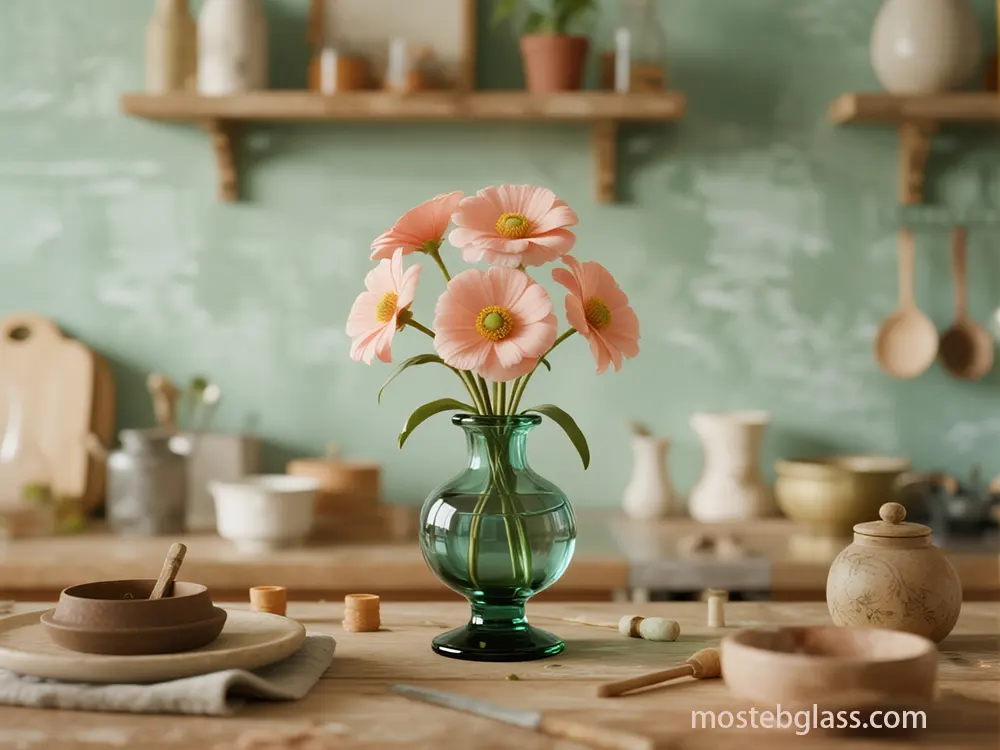
4.5. Use of Digital Tools for Design Specification and Client Approval
Digital equipment streamlines design and approval:
- CAD and 3D printing: Create a detailed model and mold for accurate and stability.
- Digital prototype: Rapid recurrence in virtual space reduces and accelerates samples. Virtual samples quickly identify fit/ratio issues.
- Design adaptation: Design complex geometric for minimal physical use.
- Client cooperation platform: design discovering, sharing ideas and showing artisan skills, user -friendly interfaces to accelerate product development.
- Documentation and recurrence: Capture hand -shaped modifications for stability in production run.
- “Digital handmade” movement: combines analog craft with digital technologies for physical goods production.
4.6. Strategies for Effectively Managing Client Expectations Regarding Inherent Variations
Mosteb should manage expectations for goods of handcrafted, where variations reflect authenticity.
- Clear communication: From the beginning, discuss the needs, vision and adaptation options openly.
- Define the procedure and limits: Clearly interpret standard versus customized products, options and limitations (eg, material structural boundaries, cost implications).
- Detailed scope of work: Outline goals, delivarables, deadlines and out-off-scope items; The client set signatures boundaries.
- Realistic deadline: Set the buffer obtainable delivery timeline over time.
- Transparency on variations: Accept and explain the underlying flaws (eg, optical effects, dark spots, oil tainted patterns) as unique artisan characteristics.
- Visual AIDS: Use style/mood board or virtual samples for design approval before physical production.
- Strong response process: Apparent customer approval and install the response mechanism.
- Manage scope changes: Communicate that large changes require revised timelines and budget.
- Active problem solution: address of potential challenges, offering solutions to future orders.
- Continuous update: Provide regular project progress updates.
4.7. Sustainable Sourcing and Ethical Production Practices
Integrating permanent and moral practices is a main value proposal for the Mosteb.
4.7.1. Source Sourcing
- Recycled Glass: Actively use recycled glass (quite), prepare small bubbles as unique characteristics.
- Lead-Free Pigment and Crystal: Priority to lead-free crystal for lead oxide-free ink and health and better talent. Use natural color pigments.
4.7.2. Waste deficiency and local artisan support
- Waste reduction: Made-to-order production naturally reduces waste by avoiding overproduction, focusing on permanent, nourished items.
- Local artisan support: promoting economic flexibility, preserving heritage, and promoting permanent practices by providing appropriate income and platform for local artisans. Partners for sourcing, co-construction, or adaptation.
4.7.3. Transparent supply chain and certificate
- Transparent supply chain: Target for complete material traceability using digital twin technologies. Follow a supplier code with the audit. The law of the new European Union will compulsory extensive risk analysis.
- Relevant Certificate: Chase Cradle to Cradle, EPDS, LEED contribution, ISO 9001/14001/50001/45001. Adopt luxury/artisan recognition like “Butterfly Mark” or FareTred Principles of positive luxury.
4.7.4. Lifecycle Assessment (LCA) and Consumer Willingness to Pay
- LCA of glass ornaments: manufacturing (melting, shining, cutting) has the highest environmental effects; The recycled glass makes it significantly reduced. By reducing the waste and focusing on durability, artisans, manufactured-to-order production, lowering item compared to large-scale options is lowering life cycle effects per life cycle.
- Consumer desire to pay: Consumers are ready to pay a premium (average 9.7-12%) for permanent and morally produced goods, especially for millennium. ESG compliance is a strategic price driver, which potentially improves 10–20%profit. Mosteb can clearly communicate its permanent practices and capital.



